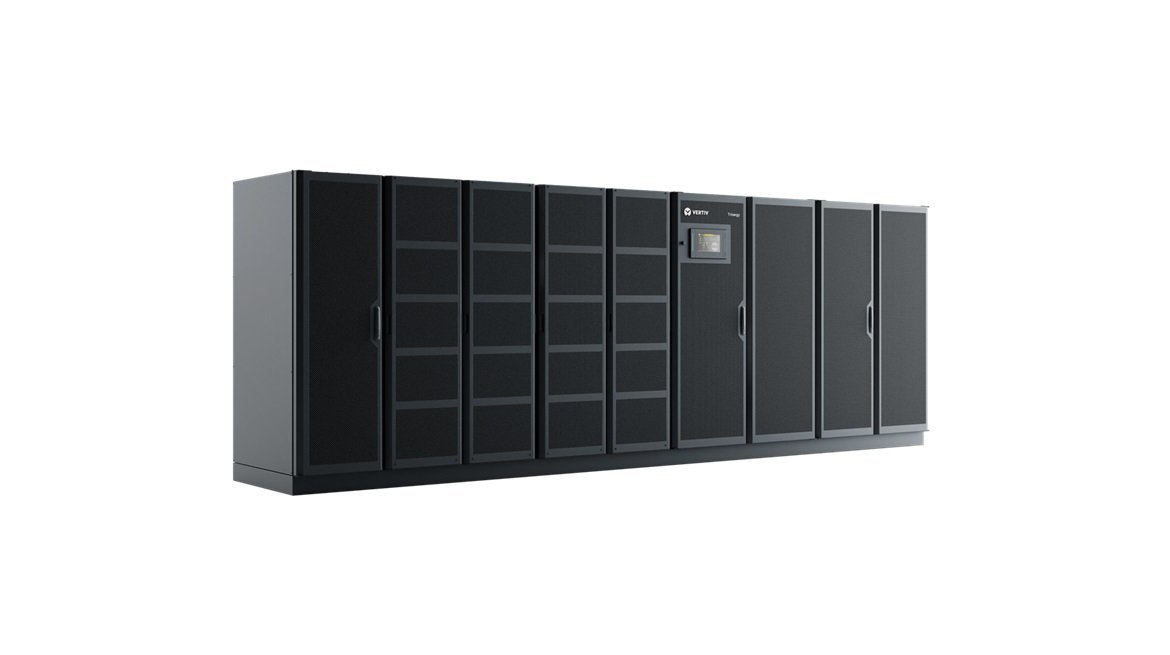In the fast-evolving 5G economy, competitiveness depends on far more than cutting-edge technology. Telecom providers are under pressure to expand capacity, lower costs, meet sustainability goals, and deliver new digital services faster than ever before. Recognizing this shift, AMD is reimagining the foundation of telecom infrastructure to help service providers scale smarter, not just bigger.
Ericsson has validated its dual-mode 5G Core and Cloud Native Infrastructure (CNIS) solutions on AMD EPYC processors, demonstrating exceptional power efficiency, scalability, and resilience. According to Ericsson’s testing, operators can achieve up to 40% better power efficiency compared to previous systems, significantly reducing both total cost of ownership and carbon footprint. The validation also showed that equivalent workloads can be consolidated from seven servers down to as few as four, optimizing infrastructure and lowering both CapEx and OpEx. Additionally, the combination enables faster deployment of next-generation services such as network slicing, enterprise 5G, and edge applications.
Security and resiliency are also key advantages of this collaboration. With AMD Infinity Guard, operators can enhance data protection and safeguard critical workloads with hardware-enabled security features built directly into the processor. Together, these capabilities showcase the performance and efficiency leadership of AMD EPYC processors in real-world telecom environments.
“By leveraging the advanced capabilities of AMD EPYC processors, we can offer our customers high-performing, scalable, and energy-efficient 5G deployments,” said Joao Monteiro Soares, Head of Solution Line Cloud at Ericsson. “Our collaboration with AMD reflects our dedication to equipping telco providers with the tools they need to lead in a fast-paced, connected world.”
This partnership addresses the central challenges telecom decision-makers face today. For business leaders, AMD-powered cloud-native core solutions provide a foundation for sustainable growth and differentiation. For financial officers, the ability to consolidate infrastructure delivers measurable ROI and predictable cost savings. For sustainability teams, the superior performance per watt supports environmental goals without compromising competitiveness or innovation.
The collaboration between AMD and Ericsson builds on a shared commitment to open innovation. AMD brings decades of expertise enabling mission-critical industries such as supercomputing, aerospace, and finance, while Ericsson continues to lead in network software and 5G solutions. Together, they are developing networks that are open and interoperable for long-term flexibility, efficient at scale to balance growth with sustainability, and resilient by design with built-in security at the hardware level.
As telecom operators prepare for the next wave of digital transformation, the validation of Ericsson’s cloud-native core on AMD EPYC processors marks a pivotal step toward more efficient, secure, and sustainable networks. The networks being built today must be ready for the demands of tomorrow, and through this collaboration, AMD and Ericsson are helping telecom providers create infrastructures that perform, scale, and sustain—without compromise.











